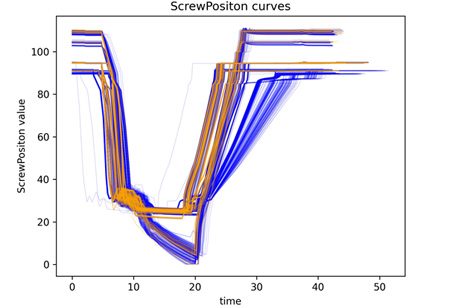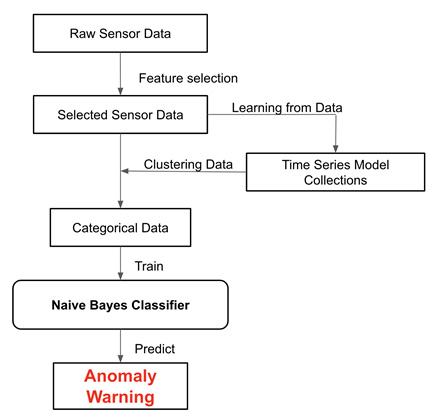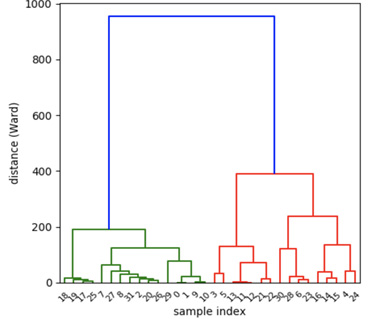Student Projects
VE/VM450

Anomaly Detection in Injection Molding
Sponsor: Foxconn
Team Members: Weizhou Si, Xueyang Liu, Yuhang Zhou, Ke Du, Siyuan He
Instructor: Instructor: Prof. Chong Han
Project Video
Team Members

Team Members:
Weizhou Si
Xueyang Liu
Yuhang Zhou
Ke Du
Siyuan He
Instructor:
Prof. Chong Han
Project Description
Problem Statement
Injection molding is a widely used technique in industrial plastic production. Anomalies, namely defect products, are unluckily unavoidable and highly related to abnormal behavior. Traditional anomaly detection is done by human inspection, which is inaccurate and time-consuming. The objective of this project is to automate anomaly detection method by software.
![Fig. 1 A general industrial injection molding process [1]](https://www.ji.sjtu.edu.cn/wp-content/uploads/2020/07/450-18-pic01.jpg)
Fig. 1 A general industrial injection molding process [1]
Concept Generation
Process data, including temperature and pressure of multiple places, are measured by sensors during production. Sensor data are thus time series, and they are used to predict whether the product is an anomaly using a pure data driven software system. The system should be trained, tested, and validated by a dataset obtained in real production environment.

Fig. 2 Screw positions as time series. Blue curves are for normal products, and orange ones are for the abnormal ones.
Design Description
The design is purely data-driven, and we start with data measured by several sensors during production on the injection machine, and each sensor produces a time series. We only choose the relevant sensor data from which obvious anomaly patterns can be observed. We then reduce the dimension of our data by replacing each time series with corresponding cluster label. We further transfer the data into categorical data and apply a naive Bayes classifier on them to obtain the final anomaly predictor that can issue a warning.

Fig.3 Design of the software system.
Modeling and Analysis
We model discrete time series as continuous functions with the MLP Regressor, and maintain a collection of the functions that represents the hole dataset. We apply hierarchical clustering, and the time series are labeled accordingly using a representative function. The clusters are then classified using a naive Bayes classifier, which generates result. The modelling is implemented in Python.

Fig. 4 Hierarchical Clustering Diagram
Validation
Validation Process:
We first fetch a set of raw data from real world injection molding production during some time period. We divide the raw data into three parts randomly, namely the training data, the development data, and the test data. We use the training data to train our model and apply the trained model on the development data to find problems and refine the model. After that, we test on the test data as our final result. Before we conduct the final test, we ensure the test data has never been used whatsoever. The validation process ensures that our model does not over-fit on some data.
Validation Results:
All specifications are validated.
√ False Positive Rate = 0.00%
√ Accuracy > 70.00%
√ Inference Time < 0.05 second
√ Categories = 2 (Safe and Suspected)
√ Cost < = 100 dollars
Conclusion
We propose an automatic anomaly detection method for injection molding. The solution has a very high coverage over defective products and sharply decreases quality cost. It is also user friendly, since no knowledge about machine learning is required to use this software; and it costs little because no hardware such as extra sensor is necessary.
Acknowledgement
Sponsor: Baoyang Jiang and Fei Liang from Foxconn
Chong Han, Mian Li and Chengbin Ma from UM-SJTU Joint Institute
Yibo Chen, Zhikang Li, Xiang Hao from UM-SJTU Joint Institute
